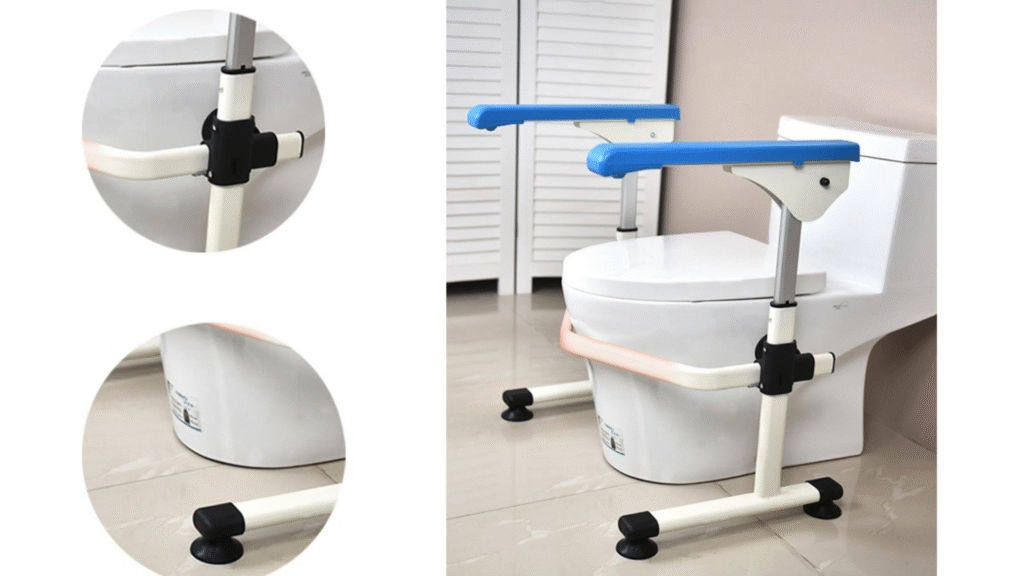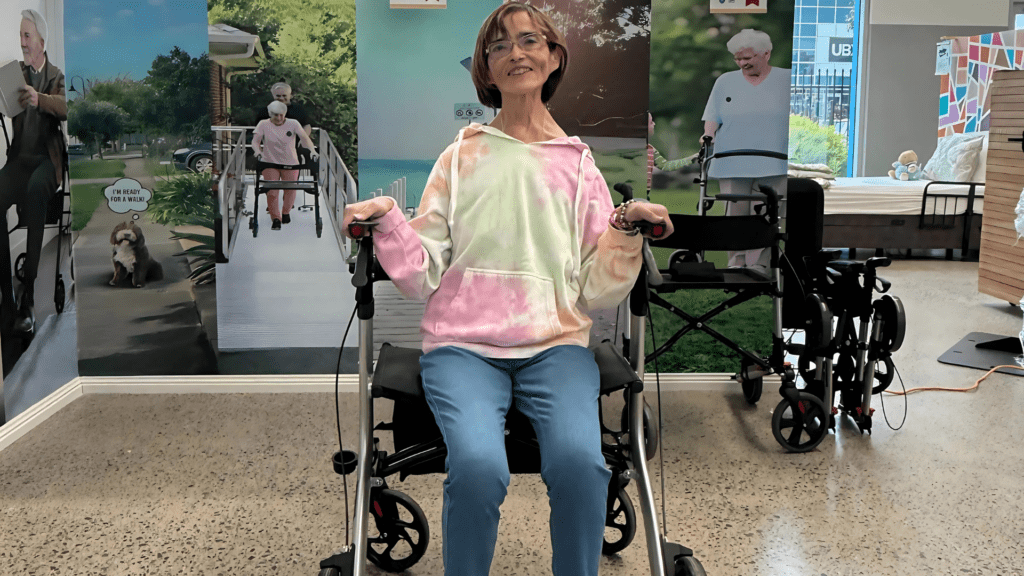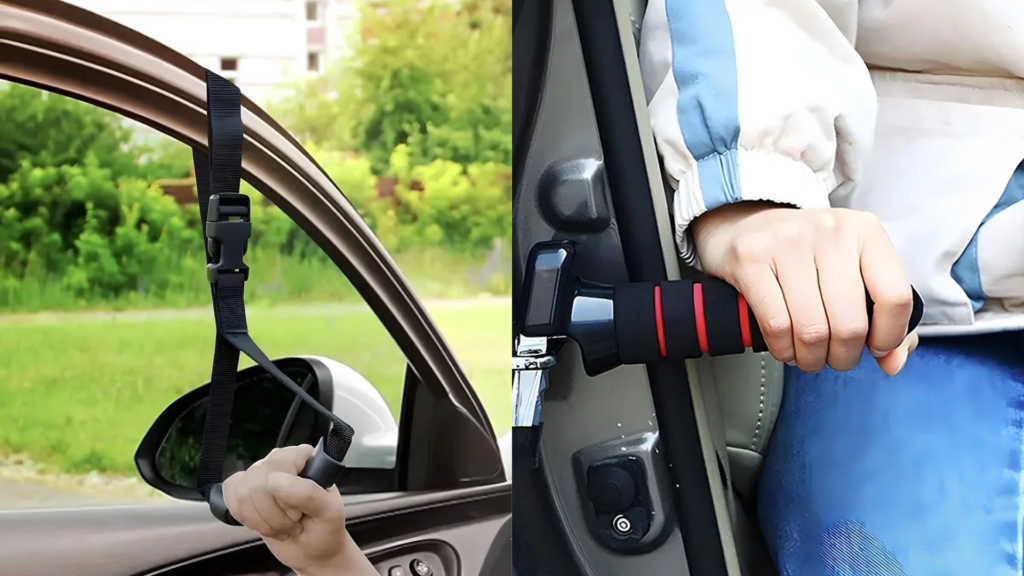Maintaining independence at home is a key priority for many older Australians. One of the simplest yet most effective ways to support this is with toilet safety rails—a vital mobility aid that helps prevent falls, improve balance, and allow seniors to safely manage personal care on their own.
In this guide, we cover the best toilet safety rail features for elderly users, including adjustability, comfort, and ease of installation. Whether you’re a senior, a family carer, or a home care provider, these insights will help you select the right solution for safer, more confident bathroom use.
The Importance of Toilet Rails in Senior Independence
Bathrooms can be one of the most hazardous areas in the home for elderly people. Slippery floors, low toilet heights, and weak muscle control can make sitting and standing difficult—especially for those with arthritis, balance issues, or mobility limitations.
Installing toilet rails for elderly individuals provides:
- Stability during transfers
- Support for weak legs or joints
- Confidence to use the toilet without assistance
- Reduced fall risk, especially at night or when unwell
These aids promote dignity, privacy, and reduced carer dependency, which are all important for quality of life in ageing.
Explore our full range of toilet rails for seniors.
Key Safety and Comfort Features to Look For
When choosing a toilet safety rail, it’s important to consider the user’s physical needs, home layout, and long-term usability.
1. Adjustable Height and Width
- Accommodates different toilet heights and user preferences
- Provides a custom fit for various body types and bathroom sizes
- Allows changes as mobility declines or improves
2. Non-Slip Grip Handles
- Textured or padded handgrips improve comfort and reduce slippage
- Essential for users with reduced hand strength or arthritis
3. Sturdy Base or Secure Mounting
- Freestanding rails should have rubber-tipped feet for floor grip
- Wall-mounted or floor-fixed rails must be installed into structural supports
4. Weight Capacity
- Choose a model that supports the user’s weight plus margin
- Most rails support up to 120–150kg
5. Toilet Seat Integration
- Some rails come with an attached raised toilet seat, which reduces how far the user needs to bend
- This can make a big difference for seniors with hip, knee, or back pain
Adjustable, Drop-Down, and Wall-Mounted Rails
There are several types of toilet rails for elderly users, each with pros and cons depending on mobility, bathroom size, and carer involvement.
1. Freestanding Toilet Safety Frames
- No installation required
- Easy to move or reposition
- Ideal for rentals or short-term use
2. Adjustable Toilet Rails with Raised Seat
- Combines height elevation and hand support
- Good for those with difficulty bending or poor lower body strength
3. Drop-Down Rails
- Foldable against the wall when not in use
- Ideal for shared bathrooms or when carers assist with transfers
- Secure and space-efficient
4. Wall-Mounted Rails (Straight or Angled)
- Fixed in place for long-term use
- Offers maximum stability
- Must be installed into a wall stud or reinforced wall
All types are available with NDIS or SWEP support if prescribed as assistive technology by an occupational therapist.
Product Spotlight: Most Reliable Rail Options
Explore top-rated products available through Care With Us:
Toilet Safety Rails – Adjustable Frame with Handles
- Tool-free assembly
- Lightweight aluminium frame
- Foam grip handles
- Fits most standard toilet sizes
- Suitable for elderly individuals in independent living or home care
Other premium models in-store offer drop-down functions, padded support, or integrated seat risers. Visit our store or contact us to compare models.
OT Tips for Choosing the Right Model
1. Assess Bathroom Layout First
Check space around the toilet, wall strength, and any obstructions like sinks or cabinets.
2. Match the Rail to the User’s Movement Pattern
Seniors who push themselves forward need forward-angled support. Those who rely on side transfers need lateral stability.
3. Consider Future Changes in Mobility
Choose a product that can adapt with the user’s condition or be upgraded later.
4. Avoid DIY Installations for Wall Rails
Improper installations can lead to injury. Engage a professional, especially for NDIS or aged care funding compliance.
If unsure, ask for an OT assessment. Our team can assist with equipment recommendations and quotes for home modifications.
Conclusion
The right toilet safety rail supports both physical safety and emotional independence for older Australians. Whether you choose a freestanding frame or a fixed wall rail, it’s important that it fits the individual’s mobility level, home layout, and comfort needs.
- Browse our toilet safety rails and grab bars
- Contact our team for personalised advice or NDIS/SWEP product support
- Empower seniors to use the bathroom confidently and with dignity
Frequently Asked Questions (FAQs)
- Are toilet safety rails safe for independent use?
Yes, when correctly selected and installed, toilet safety rails offer strong support for independent transfers. - What type of rail is best for small bathrooms?
Drop-down or wall-mounted rails save space and are ideal for tight areas. - Can I get funding for toilet rails under the NDIS?
Yes. If prescribed as assistive technology by an occupational therapist, toilet rails can be funded under NDIS or SWEP in Victoria. - Do I need to drill into the wall?
Only for wall-mounted options. Freestanding or seat-attached models do not require installation.



